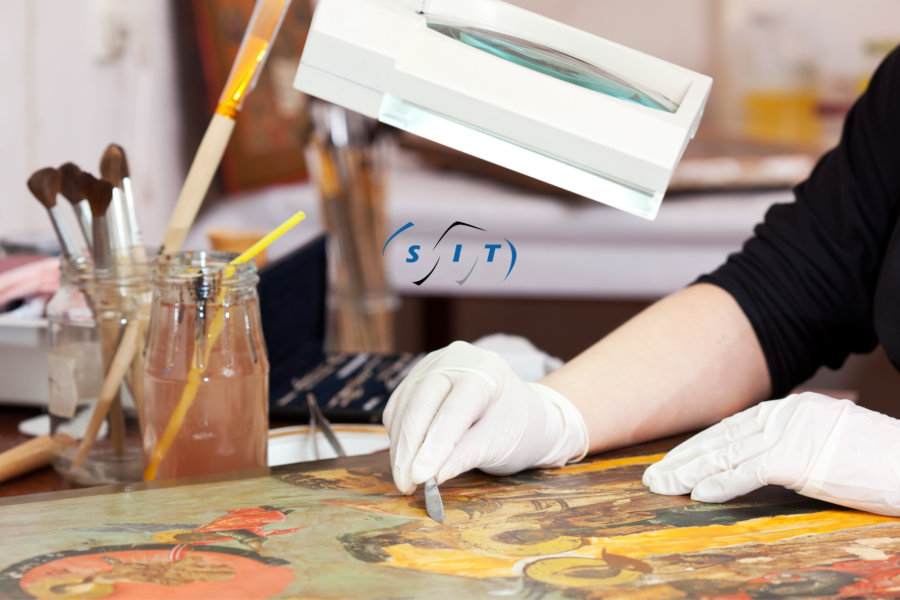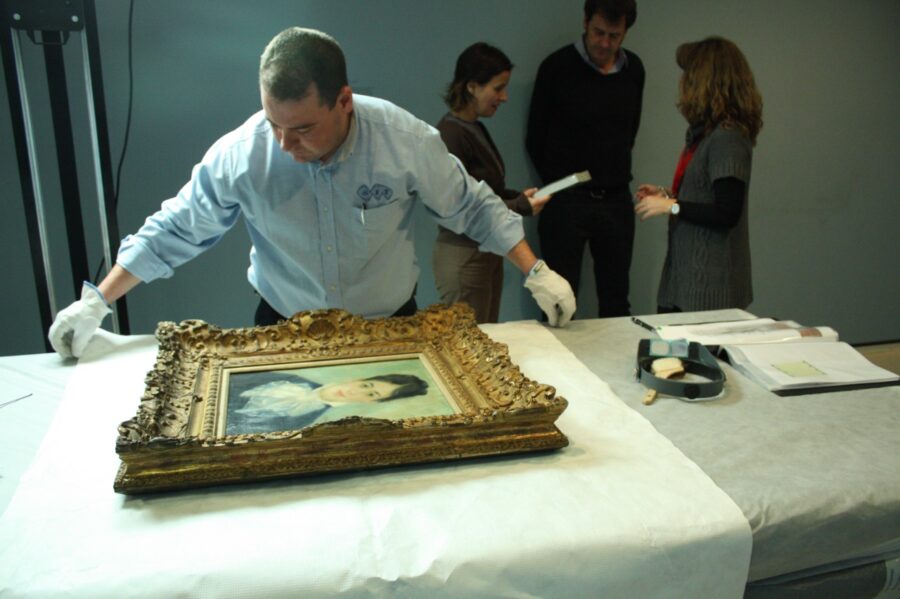
Art is not only a reflection of the artist’s creativity but also a window into history and culture.
As time marches on, many artworks face the inevitable wear and tear of aging, making art restoration and conservation a crucial aspect of preserving these masterpieces for future generations.
In this blog post, we will delve into the fascinating world of art restoration and conservation, exploring the importance of this practice and the techniques employed by experts in the field.
The Significance of Art Restoration and Conservation:
Artworks, whether they’re centuries-old oil paintings or modern sculptures, are susceptible to various forms of damage over time.
Factors like exposure to light, humidity, temperature fluctuations, and physical handling can take a toll on the integrity of the artwork. Here are some reasons why art restoration and conservation are vital:

- Preservation of Cultural Heritage: Artworks often serve as cultural treasures, connecting us to our past and the stories of our ancestors. Preserving these pieces is akin to preserving a piece of our collective history.
- Maintaining Aesthetic Value: Restoration and conservation ensure that artworks maintain their original beauty and visual impact. This allows viewers to appreciate them as the artist intended.
- Art Historical Research: Art restoration can uncover hidden details and insights about an artwork’s creation, shedding light on an artist’s techniques and intentions.
Techniques and Processes:
Art restoration and conservation involve a combination of science, artistry, and meticulous care. Here are some common techniques and processes employed:
- Cleaning: Removing accumulated dirt, dust, and surface grime can significantly improve an artwork’s appearance. Special solvents and cleaning agents are used for this purpose.
- Repairing Tears and Cracks: Conservators use delicate techniques to repair physical damage, such as tears or cracks in paintings or sculptures. This might involve patching and retouching damaged areas.
- Surface Consolidation: When the paint or surface of an artwork is flaking or unstable, conservators apply adhesives or consolidants to ensure it remains intact.
- Inpainting: Inpainting involves carefully retouching areas of loss in a way that is reversible and matches the original as closely as possible.
- Varnishing: Applying a protective varnish can enhance an artwork’s appearance and safeguard it from environmental factors.
- Documentation: Detailed documentation, including photographs and notes, is kept throughout the restoration process to track changes and decisions made.

Challenges and Controversies:
While art restoration and conservation are essential, they can also be subject to debates and controversies. Some challenges include:
-
Over-Restoration: Sometimes, overly enthusiastic restoration efforts can inadvertently alter the original character of the artwork, leading to criticism.
-
Ethical Considerations: Decisions about whether and how to restore an artwork can be ethically complex, especially when it comes to balancing the artist’s intentions with the need for preservation.
-
Advancements in Technology: New technologies, such as advanced imaging and analysis tools, are changing the way conservationists approach their work, raising questions about tradition versus innovation.
Conclusion:
Art restoration and conservation play a vital role in ensuring that our artistic heritage endures the test of time. It’s a delicate dance between preserving the past and embracing the future.
These dedicated experts work tirelessly to ensure that we can continue to admire and learn from the masterpieces of the past while protecting them for generations yet to come. In this way, art continues to be a bridge between cultures, eras, and the human experience.